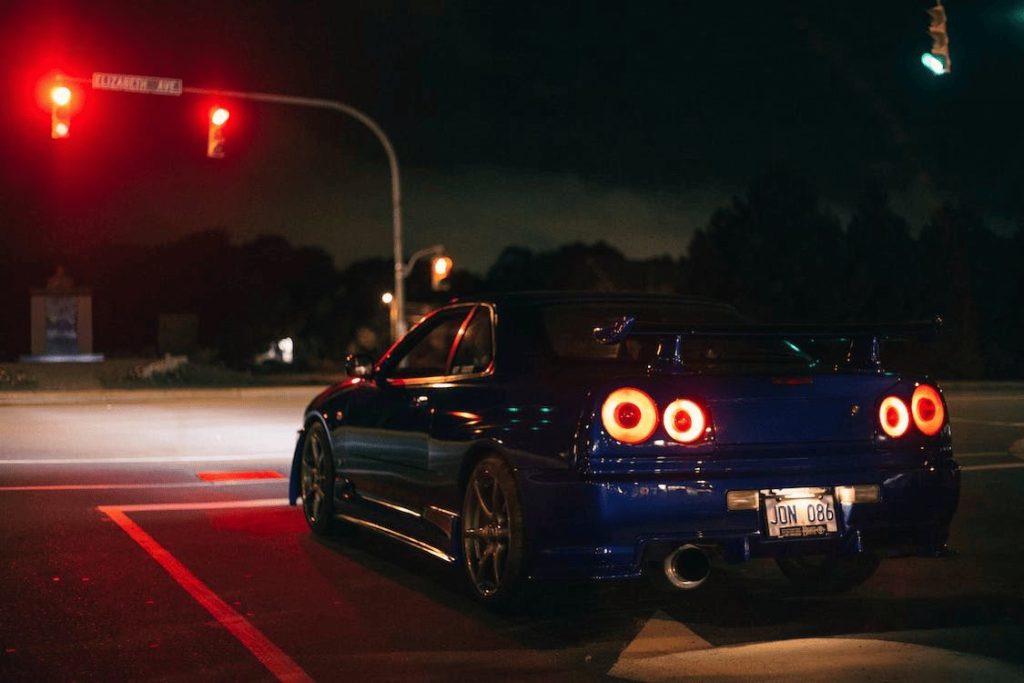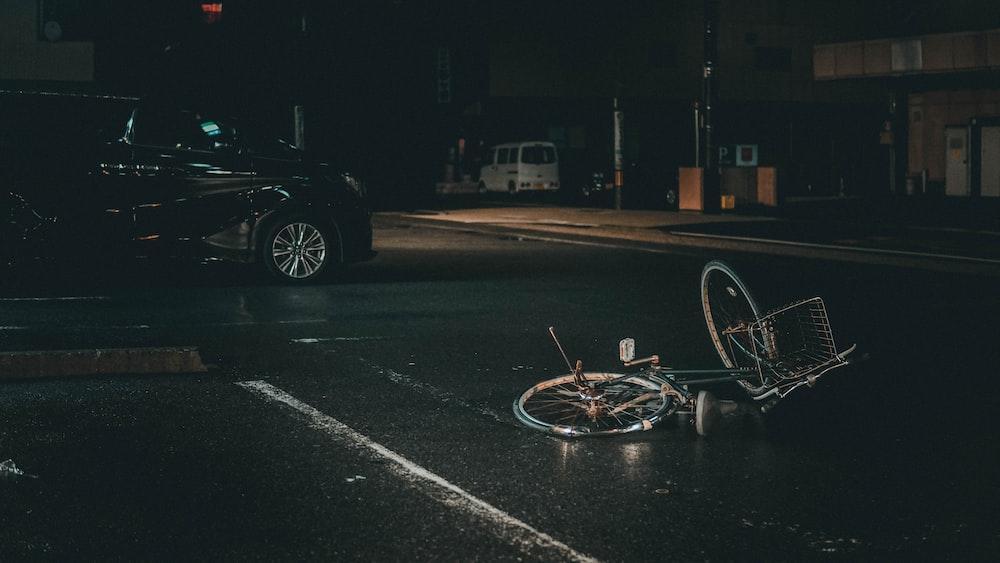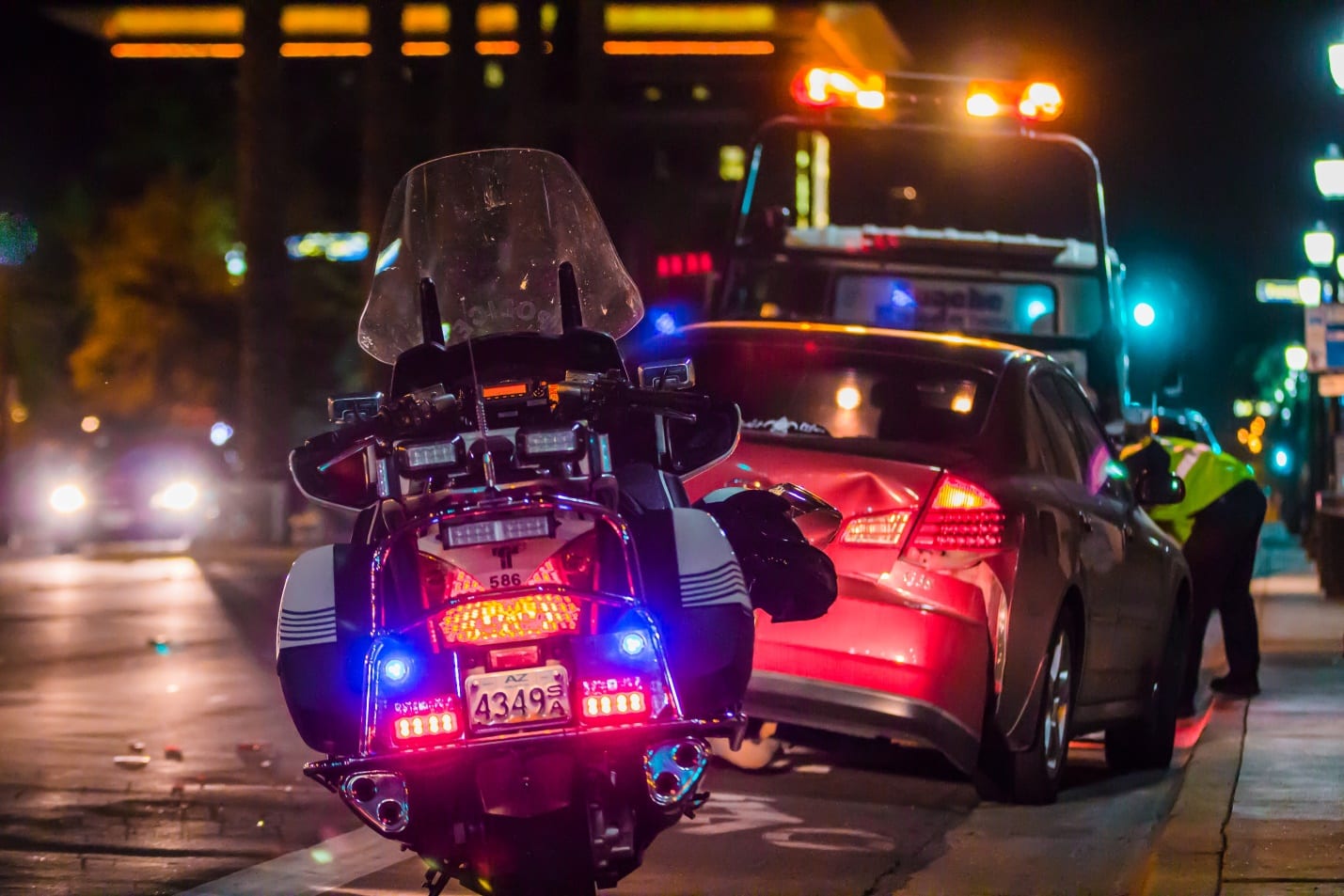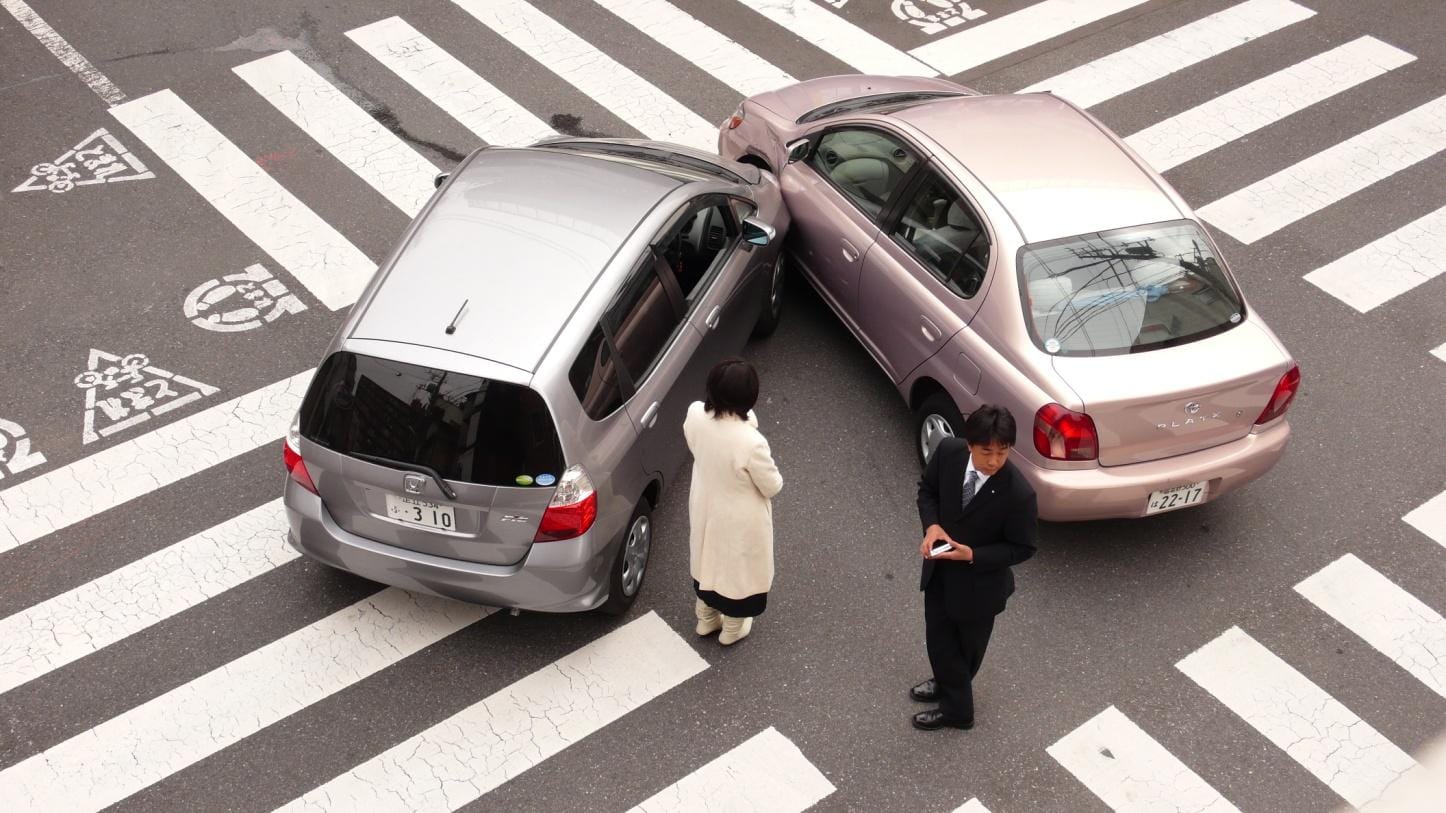
Car accidents can be chaotic and unnerving experiences, but when someone runs a red light, and you collide with them, the situation becomes even more complex. Determining fault in such cases is crucial, as it directly impacts your ability to seek compensation for damages, injuries, and other losses.
In this article, we’ll explore the nuances of red-light crashes, which can be held liable, discuss how liability is determined, and guide you through seeking legal assistance in Nevada.
Understanding Traffic Signals and Right of Way:
When it comes to traffic signals, the basic rules are clear. A red light means stop, a green light signals the right of way, and a yellow light indicates that you should slow down as the light is about to change.
Running a red light is a blatant violation of traffic rules, putting the driver and others on the road at significant risk of a car accident. In the event of a collision caused by red light runners, it’s crucial to understand how right of way and traffic signals play a role in determining fault.
Determining Fault in Red Light Accidents:
In most cases, the driver who runs a red light is considered at fault for the resulting car accident. The logic behind this is straightforward – a red light is a clear signal to stop, and a driver running it is not only breaking the law but also endangering others on the road. However, as with any legal matter, there are nuances to consider.
Traffic Control Devices: The presence of a traffic control device, such as traffic lights, plays a significant role in determining fault. If the red light runner claims that the traffic signal malfunctioned, it’s essential to consider the functionality of the signal at the time of the accident.
Oncoming Traffic: Another factor to consider is the flow of traffic. If the driver running the red light collided with your vehicle while you had the right of way, it strengthens your case in establishing their fault.
Police Reports: Official documentation, such as police reports, can be crucial in determining fault. If a police officer issues a citation to the driver who ran the red light, it is strong evidence of their negligence.
Witness Statements: Eyewitness accounts can also play a crucial role. If there were bystanders who saw the accident unfold and were willing to provide statements, their testimonies can strengthen your case.
Traffic Camera Footage: In some cases, traffic cameras at intersections capture footage that can be used as evidence. Obtain any available camera footage to support your claim.
Who Can Be Held Liable for a Red Light Crash?
Understanding who can be held liable is pivotal in the aftermath of a red-light crash. Liability often hinges on factors such as the driver’s actions, the traffic signal’s status, and the right of way.
At-Fault Driver:
If someone runs a red light and you hit them, the driver who violated the traffic signal is typically considered at fault.
Drivers have a legal obligation to obey traffic signals, and running a red light violates these rules.
Intersection Rules:
Understanding the right of way at intersections is crucial. Generally, the driver with the green light and followed traffic rules has the right of way.
The driver running the red light is, therefore, more likely to be held liable for the collision.
Traffic Control Devices:
Red lights are crucial traffic control devices, guiding drivers and preventing accidents.
If a driver ignores or disobeys a red light, they endanger themselves and violate traffic laws, making them liable in the event of a collision.
Police Reports:
Law enforcement plays a significant role in determining fault. If a police officer issues a citation to the driver who ran the red light, it strengthens your case for proving the other party’s fault.
Can I Sue the At-Fault Party for Causing a Red-Light Crash?
If you’ve been involved in a red-light crash, you may wonder whether you can sue the at-fault party for damages. In Nevada, like in many other states, you have the right to seek compensation if you can prove that the other driver was at fault. Here are key steps to consider:
Insurance Claims: Initiate the insurance claim process with your insurance company. Provide a detailed account of the events and any evidence you’ve gathered. The at-fault driver’s insurance may be responsible for covering your damages.
Seeking Legal Advice: Consulting with a legal professional is crucial, especially if you’ve suffered serious injuries or substantial property damage. A skilled attorney can guide you through the legal process and protect your rights.
Proving Damages: Document all damages, including medical bills, property repair estimates, lost wages, and any other losses incurred due to the crash. This documentation is essential when seeking compensation.
Negotiating with Insurance Companies: Insurance companies may attempt to minimize payouts. Having legal representation can strengthen your position during negotiations.
Filing a Lawsuit: If a fair settlement cannot be reached through negotiations, your attorney may advise filing a lawsuit to pursue compensation through the legal system.
Nevada Laws in Red-Light Crash Situations:
Understanding Nevada’s laws regarding red-light crashes is crucial for navigating the legal process. Here are key points to consider:
Comparative Negligence: Nevada follows a relative negligence system, meaning your compensation can be reduced if you are found partially at fault. Proving the other party’s fault is essential to maximize your compensation.
Statute of Limitations: In Nevada, there is a limited timeframe, known as the statute of limitations, within which you must file a lawsuit for a red-light crash. It’s essential to be aware of and adhere to these time constraints to protect your legal rights.
Traffic Laws: Familiarize yourself with Nevada’s traffic laws, especially those about red lights and right of way. Understanding these laws strengthens your ability to prove fault.
Insurance Requirements: Nevada has specific insurance requirements for drivers. Ensure you and the at-fault party have the necessary coverage to handle the damages.
What Are the Penalties for Running Through a Red Light in Nevada?
Running through a red light is a serious traffic violation in Nevada, as it endangers the driver and others. The penalties for running a red light in Nevada are designed to discourage such behavior and promote road safety. Here’s an overview of the potential consequences of running a red light in the state:
Traffic Ticket: Immediate consequence, with details of the violation, location, and date provided.
Fines: Variable amounts set by local jurisdictions; can range from a few hundred dollars upwards.
Demerit Points: Added to the driver’s record, potentially leading to license suspension or the option to attend traffic school.
Traffic School: Option to mitigate consequences by completing an approved program, potentially reducing demerit points.
Insurance Impact: Possible increase in premiums due to perceived higher risk.
Traffic Court: Required appearance for certain circumstances, especially if the violation resulted in a collision or for repeat offenders.
License Suspension or Revocation: Severe consequences for repeated or egregious violations.
Increased Insurance Premiums: Insurance rates may rise based on the perceived risk associated with the violation.
How an Attorney Can Help You:
Navigating the legal complexities of a red-light crash can be challenging, but an experienced attorney can be a valuable ally. Here’s how legal professionals can assist you:
Legal Expertise: Attorneys specializing in personal injury and car accidents possess in-depth knowledge of relevant laws and regulations. They can provide expert guidance tailored to your specific case.
Negotiating with Insurance Companies: Insurance companies may employ tactics to minimize payouts. An attorney can handle negotiations, ensuring you receive fair compensation.
Evidence Collection: Attorneys have the resources to gather and analyze evidence, including obtaining witness statements, police reports, and any available camera footage.
Court Representation: If a settlement cannot be reached, your attorney can represent you, presenting a compelling case to a judge and jury.
Protecting Your Rights: Legal professionals ensure your rights are protected throughout the entire legal process, from filing a claim to negotiating with insurance companies or pursuing a lawsuit.

Consult a Seasoned Car Accident Attorney at BLG
If you are in the unfortunate situation of colliding with someone who runs a red light, understanding fault and seeking legal guidance is paramount. Following the steps outlined in this article, you can navigate the complexities of proving fault, seeking compensation, and ensuring your rights are protected under Nevada law. Remember, consulting with a legal professional can provide the expertise and support you need during this challenging time.
In the aftermath of a red-light crash, seeking the right legal counsel is crucial. Our experienced car accident attorneys at BLG are ready to guide you through the complexities of proving fault and pursuing fair compensation.
Schedule your free consultation today!





